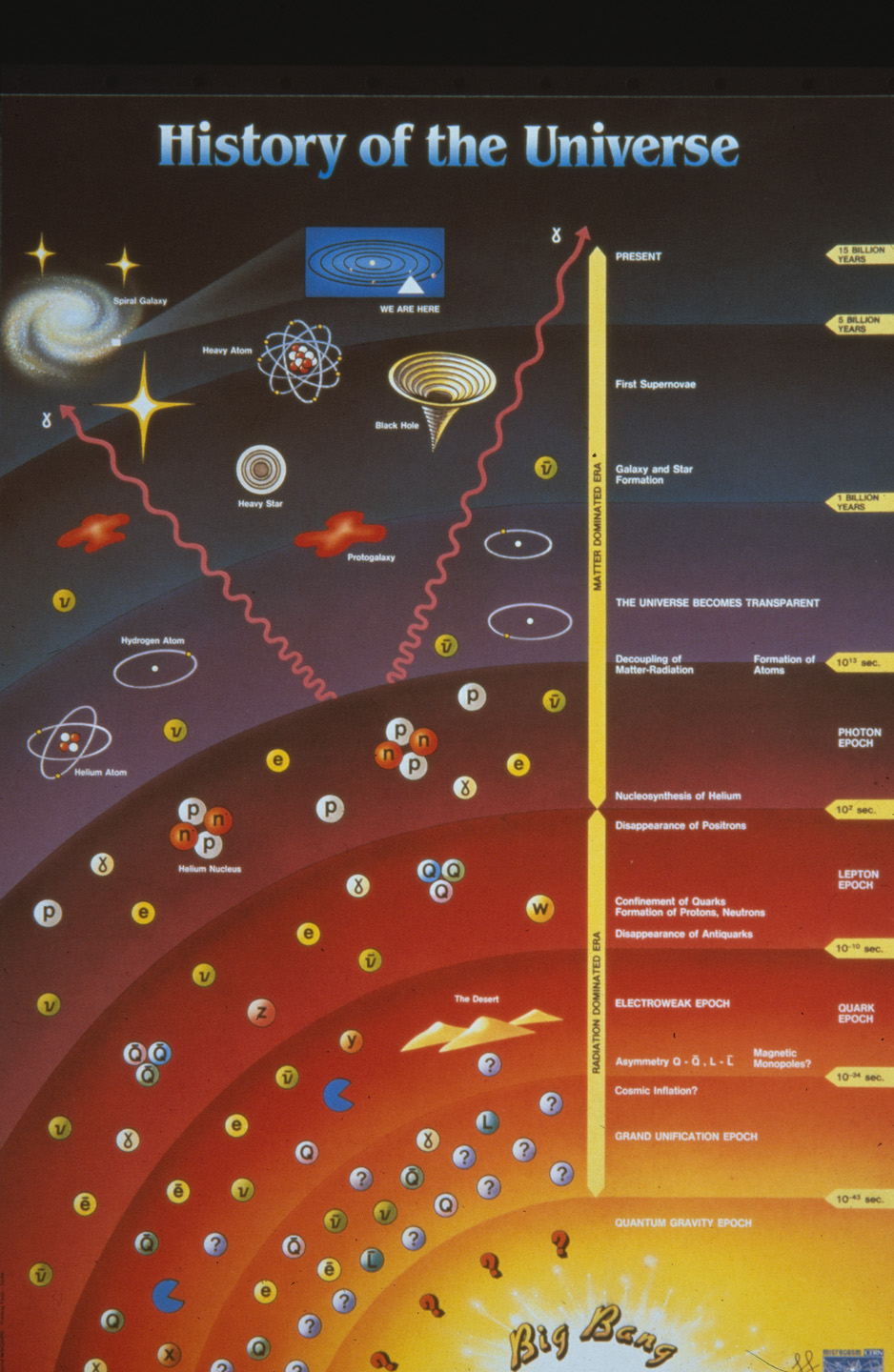The genesis of the European Organization for Nuclear Research, famously known as CERN, is a tale woven with ambition, collaboration, and the pursuit of understanding the fundamental constituents of matter. But have you ever pondered on the question: when did this monumental endeavor in high-energy physics officially begin? The timeline of CERN’s inception is not merely a chronological recounting of events—it’s a rich tapestry that reflects the geopolitical climate, scientific aspirations, and the collaborative spirit of post-war Europe.
The story begins shortly after World War II, a period rife with both devastation and the thirst for progress. In 1949, the notion of establishing a European laboratory for nuclear research took root amidst discussions among a group of great minds, including notable figures such as Isidor Isaac Rabi and other physicists who recognized the need for collaboration across national borders. The backdrop was that of a continent eager to rebuild, both physically and intellectually, aimed at fostering peace through the collective endeavor of science.
Formal discussions paved the way for the establishment of CERN, culminating in the signing of the CERN Convention on July 29, 1953. This treaty signified a pivotal moment in the construction narrative, as it laid down the framework for an organization dedicated to fundamental research in nuclear physics and, ultimately, particle physics. But perhaps the most intriguing aspect is the aforementioned challenge—how can one quantify the impact of such collaboration, when the drive of scientific inquiry is often abstract and transient?
The construction of CERN’s initial infrastructure kicked off in 1954, with the site chosen favorably near Geneva, Switzerland, a locale symbolizing neutrality and international cooperation. This decision was not merely geographic; it was emblematic of the ethos of CERN itself, representing a collective aspiration to transcend national loyalties in favor of a shared scientific mission. The spirit of collaboration was further solidified as many nations contributed to the nascent project—each nation participating not just through funding but also the intellectual capital of their foremost physicists.
By 1957, substantial construction progress was evident as CERN began to materialize into a hub of scientific innovation. The first major accelerator, the synchrocyclotron, was inaugurated in 1957, heralding a new era of particle physics endeavors. This initial accelerator enabled researchers to probe deeper into the structure of atomic nuclei, a feat that paved the way for subsequent groundbreaking discoveries.
But let us delve deeper: what factors complicate our understanding of CERN’s construction timeline? Each segment of construction brought unique challenges—financial constraints, evolving scientific goals, and technological advancements that often necessitated reevaluation of planned projects. For instance, the complexity of developing particle accelerators escalated as discoveries in particle physics revealed more enigmatic particles and interactions. Moreover, the fiscal obligations of member states came under scrutiny, particularly in a time when Europe was still recovering from the scars of war.
As the 1960s progressed, CERN’s ambitions expanded considerably. The design of more sophisticated accelerators, including the Proton Synchrotron, called for an intricate blend of engineering prowess and scientific acumen. Indeed, the construction of these instruments was emblematic not only of technical innovation but also of the evolving understanding of the fundamental forces of nature. The Proton Synchrotron became operational in 1959, serving as a crucible for numerous experiments and making significant contributions to our understanding of hadrons and the strong nuclear force.
Transitioning from the initial construction to examining its implications, one must appreciate how CERN has grown over half a century into the world’s largest particle physics laboratory. The Large Hadron Collider (LHC), constructed with precision and ambition beginning in 2007, epitomizes this ethos. It is an extraordinary feat of engineering, designed to collide protons at unprecedented energy levels, thus allowing physicists to explore conditions akin to those that existed microseconds after the Big Bang.
Despite its grandeur, CERN is not without its detractors. The challenges surrounding funding, public perception, and the ethical implications of high-energy experiments are ever-present. One must wonder: does the pursuit of fundamental knowledge justify the vast resources allocated, sometimes perceived as extravagant, particularly in an era of pressing global concerns?
As we meander through the annals of CERN’s construction, we observe not merely a timeline but a complex interplay of ideas, challenges, and resolutions. It encapsulates an ongoing journey toward understanding, reflecting a microcosm of humanity’s relentless quest to decipher the universe’s secrets. Through camaraderie and intellectual creativity, CERN symbolizes the betterment of society through science, an indelible partnership that transcends borders, politics, and time.
In conclusion, the construction of CERN commenced with a vision in the mid-20th century, manifesting into the preeminent institution it is today. The intricate web of international collaboration, scientific ambition, and technical achievement has been pivotal, evoking questions that not only resonate within the scientific community but also challenge the broader public to engage in the discourse on the value of scientific inquiry. As we continue to ponder this history, let us consider the myriad of pathways that led to CERN’s establishment, ever wondering what future explorations may unfold beyond our current frontiers of knowledge.












